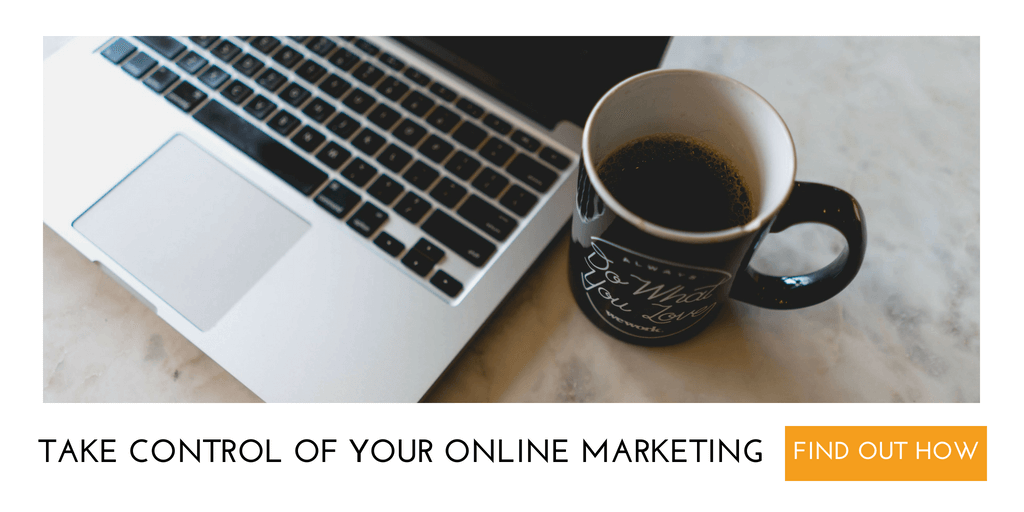If you’re still scratching your head about the effectiveness of social media marketing (or where to begin if you are just starting out), you’re not alone.
Even for those of us in the business, concepts, laws, and techniques are always changing. Though 90% of small businesses have had a social presence for five years or more, many have yet to scrape the surface of its effectiveness for marketing their business.
It’s no longer enough to simply be present on the platform. In the past, you had a significant advantage over your competition by having a Facebook account. If you were posting, you were ahead of the game. Times have certainly changed.
Let’s go back to basics and talk about some of the core best practices for having a winning social presence.
Outline your goals ahead of time
“What is my ultimate goal with social media?” is a question that can be (and needs to be) answered in many ways.
Common objectives of social media marketing:
- Increase awareness
- Increase sales
- Gain a new audience with a rebrand
- Use social media as an extension of your current marketing efforts
- All of the above
Once you can confidently outline why you need social media, you can continue on to outline how social media will help facilitate your business growth.
Know Your Audience and Your Competition
Get to know your audience. This can’t be stressed enough. You can’t be everything to everyone, but you can be the best to someone. In order to do this, you have to know who is searching for what you provide and who your current clients are (if applicable).
Conducting thorough buyer persona research will help you get to know your audience beyond basic demographics.
Understanding the Platforms
What works on one platform may not work on another. Think of it like this – you’ve put together a research piece on wine vintages. You have carefully researched your product and have a lot of informative, exciting points to share – fermenting process, aging, soil, and climate, taste variation, etc.
You plan on presenting your findings to a group of individuals that want to learn about wine. You choose a convention center or restaurant banquet room to hold your presentation. The attendees frequent such places and have expressly shown interest in your topic.
You hit a home run with your speech and make repeat customers out of your students. You think “this went over so well, let’s test it elsewhere”. You wouldn’t give this speech in a middle school auditorium or nursing home because that’s not where your audience spends their time.
That might seem like an outlandish comparison, but the moral of this short story is that your audience isn’t necessarily the same on each platform. Therefore, it’s of utmost importance to know who your audience is on each platform and how to tailor your messaging accordingly.
Content is still King
We might sound like a broken record with these statements, but it’s true – the quality and organization of your content is more important than the quantity. A consistent, quality content mix and strategy is the key.
Knowing the types of content your audience consumes (and wants to consume) will put you ahead of the game. Authenticity and a human component are two of the most important aspects of your social messaging, but there are many ways to accomplish it.
Remember, social selling isn’t actually selling – it’s storytelling.
Organic is important, but not enough
Even with a solid organic strategy, you’ll need an allocated ad budget to be visible – regardless of the platform. Neither strategy should outweigh the other in terms of importance. Having a paid and organic strategy is important.
This blog will not be enough
This is just the tip of the iceberg. Though we’ve outlined the basics, each of these topics requires dedication and constant research to remain relevant and successful.
We’re here to help you maintain a competitive edge and do more than meet requirements – we’re here to help you raise the bar for your industry and become a brand authority to your customers. Let’s discuss how we can make that happen!


